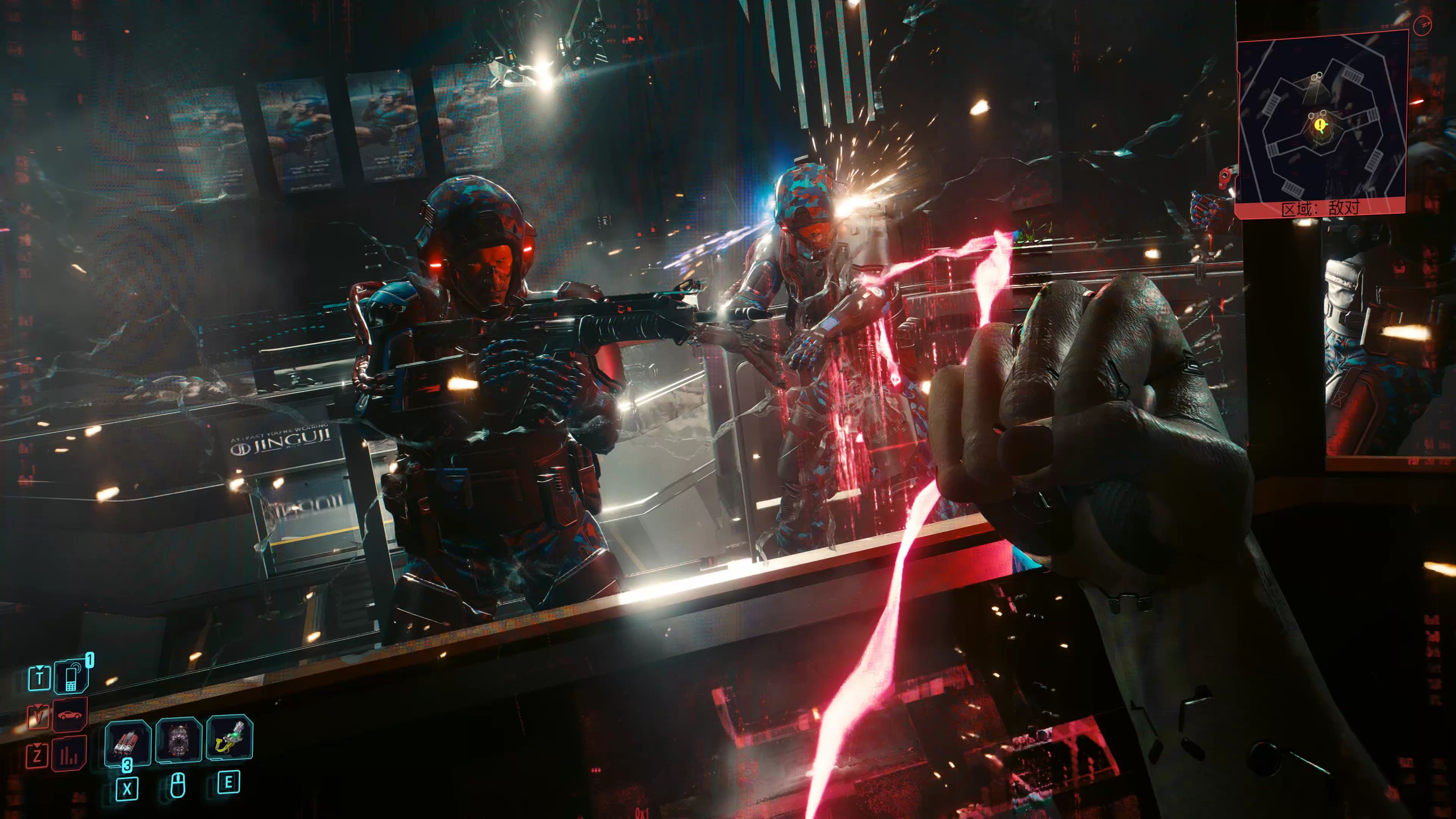The question of what defines a Japanese Role-Playing Game (JRPG) often conjures a familiar tapestry of imagery: spiky-haired teenagers wielding impossibly large swords, turn-based combat on a grid-like plane, and a narrative that pivots on saving the world from a primordial evil. While these tropes serve as comfortable shorthand for the genre, they also create a framework that many games either adhere to or consciously subvert. Within this landscape, the Fire Emblem series, developed by Intelligent Systems and published by Nintendo, presents a fascinating case study. To ask if Fire Emblem possesses a unique setting is to delve beyond its surface-level genre qualifications. The answer is a resounding yes, but its uniqueness does not stem from a complete rejection of convention. Instead, Fire Emblem carves its distinct identity through a masterful synthesis of high fantasy archetypes with a gritty, politically-grounded core, all elevated by a single, revolutionary mechanic: permanent death. Its setting is not just a backdrop for adventure; it is a living, breathing, and often unforgiving world where political strife, moral ambiguity, and the tangible weight of consequence are as central to the experience as any magic spell or legendary weapon.
At first glance, the worlds of Fire Emblem appear to be classic high fantasy. The early installments, such as Shadow Dragon and the Blade of Light, established a template of medieval-style continents like Archanea and Valentia, replete with kingdoms, dragons, and ancient prophecies. This is a comfortable and recognizable foundation. However, where Fire Emblem diverges from its peers like Final Fantasy or Dragon Quest is in its relentless focus on the political and military realities that underpin this fantasy. The world is not merely a collection of towns and dungeons; it is a complex web of feuding nations, each with its own history, culture, and geopolitical ambitions. A game like Fire Emblem: Genealogy of the Holy War is less a simple hero's journey and more a sprawling, generational epic of continental warfare, betrayal, and the horrifying consequences of inherited sin. The political conflicts are not just a prelude to a larger, supernatural threat; often, they are the threat.

This political grounding is most potently realized in what is widely considered the series' magnum opus, Fire Emblem: Path of Radiance and its sequel Radiant Dawn. The continent of Tellius is a world defined by a profound and systemic racial conflict between the human population of Beorc and the bestial Laguz. This is not a simple allegory for racism; it is a deeply integrated facet of the setting's history, economy, and politics. The story forces players to navigate a world where prejudice is institutionalized, where past genocides fuel present-day tensions, and where characters on all sides hold justifiable grievances and indefensible biases. The protagonist, Ike, is not a secret royal or a chosen one, but a mercenary leader who becomes embroiled in a continental war precisely because of these intractable social dynamics. This level of socio-political complexity is rare in a genre that often prefers clear-cut divisions of good and evil. The setting of Tellius feels alive and fraught with problems that cannot be solved by simply defeating a single villain.
The uniqueness of Fire Emblem's world is inextricably linked to its most famous, and for many, defining mechanic: the Permadeath system, often referred to as "Classic Mode." When a unit falls in battle, they are gone for the remainder of the playthrough. This single design choice transforms the game's setting from a static stage into a dynamic narrative engine. Every character is not merely a collection of stats and skills; they are a unique individual with a personality, backstory, and relationships with other characters, revealed through support conversations. When a character dies, the player doesn't just lose a strategic asset; they lose a piece of the story's fabric. A potential romantic subplot is cut short, a comedic relief character is silenced, and a poignant character arc is left tragically unfinished.
This mechanic forces the player to engage with the world on its own harsh terms. War, the central theme of nearly every Fire Emblem narrative, is no longer a consequence-free game of tactical movement. It is a brutal, costly affair where mistakes have permanent, emotional repercussions. The weight of command becomes palpable. This creates emergent storytelling that is deeply personal to each player. One player's playthrough of Fire Emblem: Three Houses, where a beloved student falls in a desperate final stand, is a fundamentally different emotional experience from another's flawless run. The setting gains a layer of authenticity and gravity because it operates by rules that reflect the stakes of its own narrative. Even with the modern inclusion of a "Casual Mode," the specter of Classic Mode remains as the series' philosophical core, a testament to how integral consequence is to its identity.
Fire Emblem: Three Houses further demonstrates the series' commitment to unique world-building by deconstructing one of its own foundational tropes: the medieval-style academy. The Officers Academy at Garreg Mach Monastery initially appears to be a standard JRPG hub, reminiscent of settings from Persona or Trails of Cold Steel. However, Three Houses quickly reveals this academy to be a pressure cooker for the continent's political and religious tensions. The three houses—the Adrestian Empire, the Holy Kingdom of Faerghus, and the Leicester Alliance—are not just school clubs; they are the scions of nations with centuries of bloody history and conflicting ideologies. The Church of Seiros, which runs the monastery, is not a benign spiritual authority but a powerful political entity with a shadowy, manipulative history.
The game's time-skip then shatters this academic facade entirely, plunging the player into a devastating continental war where former friends and students become enemies on the battlefield. This structure is a masterstroke of setting development. The player spends the first half of the game intimately getting to know the world, its factions, and its people, only to be forced to tear it all apart in the second half. The emotional impact is staggering, and it is an approach few other JRPGs dare to take. The setting of Fódlan is a puzzle box of secrets, lies, and tragic history, and the player's understanding of it is completely dependent on which path they choose, offering no single, objective "truth."
In conclusion, Fire Emblem is not just a JRPG with a unique setting; its setting is the very crucible in which its identity is forged. It takes the familiar building blocks of high fantasy and infuses them with a level of political realism, social commentary, and moral complexity that is uncommon in the genre. But its true genius lies in how it marries this world-building to its core gameplay mechanics. The Permadeath system transforms the tactical combat from an abstract puzzle into a narrative device that imbues the world with consequence, weight, and a profound sense of loss. From the racial strife of Tellius to the ecclesio-political labyrinth of Fódlan, Fire Emblem consistently presents worlds that feel historically deep, politically fraught, and, above all, consequential. It is a series where the setting is not a passive stage for heroes to save, but an active, often antagonistic force that must be understood, navigated, and survived, making it a uniquely compelling and enduring pillar of the JRPG genre.














